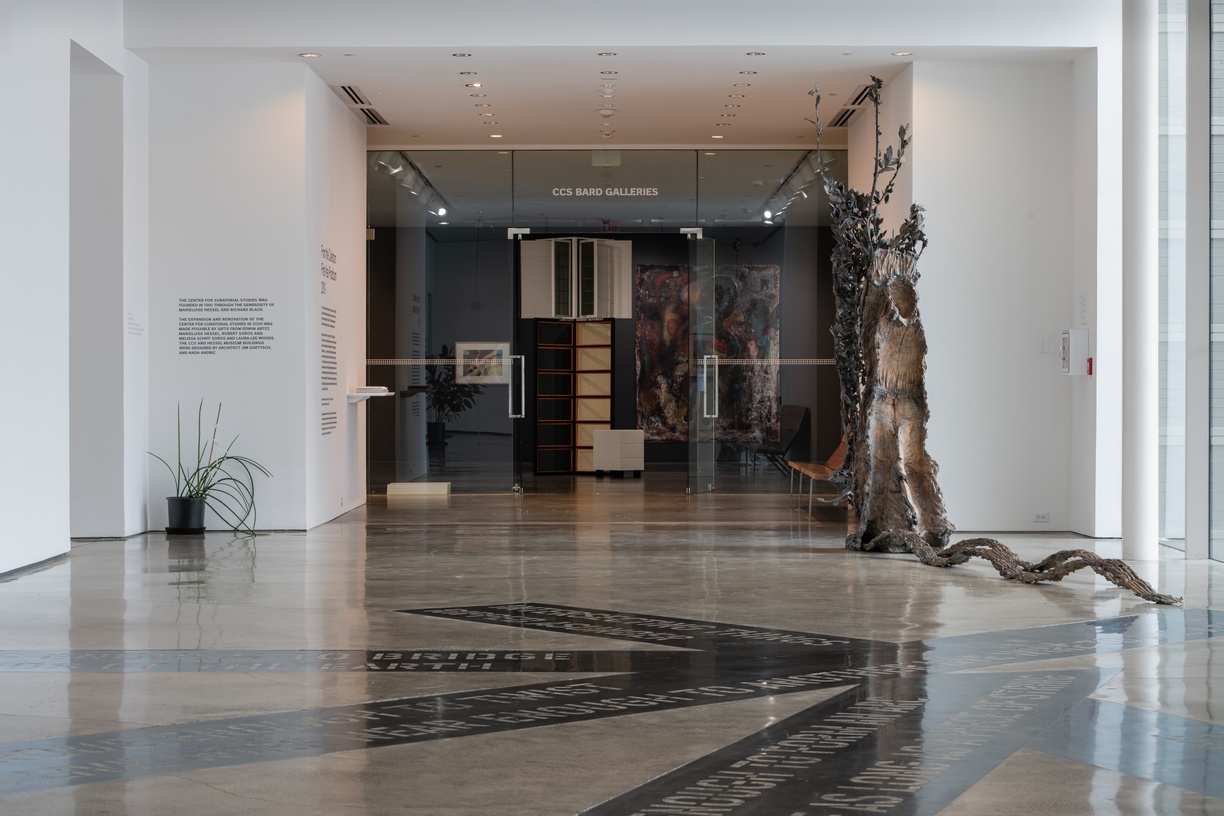
- Yihsuan Chiu
- Bernardo Mosqueira
- Allie / A.L. Rickard
But the skin of the earth is seamless proposes an approach to global migration that focuses on its generative and creative potentials. The exhibition envisions migration—whether undertaken by force or by choice—as a powerful catalyst for the development of new, collective ethics in which migrants are seen as capable of presenting solutions for creating a more inclusive world.
Borrowing its title from writer Gloria Anzaldúa’s 1987 book Borderlands/La Frontera which proposes the embrace of cross-pollination over physical, psychic, and cultural borders, But the skin of the earth is seamless engages interconnected concerns including care, communication, and movement. The exhibition presents the works of fifteen artists from four continents, and most of them are produced out of the artists’ own experiences of migration, immigration, or exile. Rather than centering representations of the ongoing realities of xenophobia, racism, and violence against migrants, the exhibition draws attention to how migration can be a source of creative solutions to some of the most pressing issues of our time.
Two works, Guiseppe Penone’s Sentiero (Path) (1986) and Lawrence Weiner’s BARD ENTER (2004), are included in the exterior entrance and lobby of the Hessel Museum and Center for Curatorial Studies. Their placement conceptually merges these areas to propose an experience of more permeable limits between spaces. This exhibition also gathers other perspectives in its publication from CCS community members who have experienced migration. They engage with the ideas brought to the fore by the exhibition and share personal reflections to form a dialogue that embraces difference and diversity.







